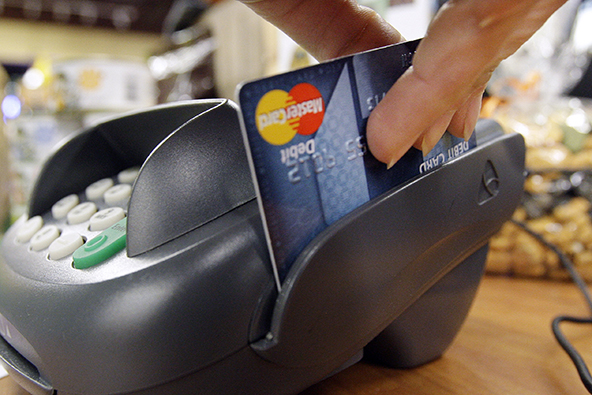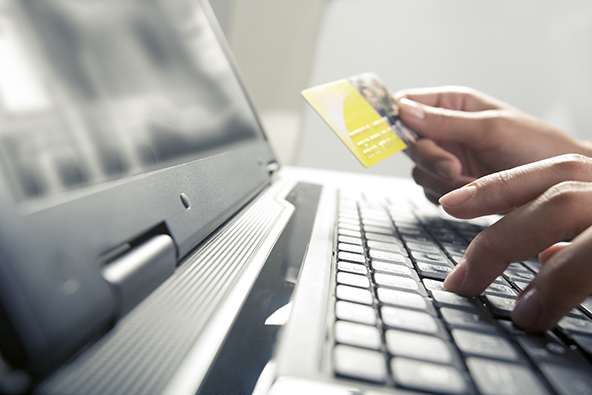5 Suspicious Card-Present Transaction Characteristics

Customers who attempt to fraudulently use a credit card at the checkout are often betrayed by specific signs of suspicious behavior. Such signs may have a perfectly reasonable explanation that has nothing to do with an unauthorized credit card use, however statistical data show that they are associated with a higher rate of fraud. You should be able to identify such signs and then act according to your organization’s established fraud prevention procedures. We have written at length in previous posts about the way these procedures should be designed and recommend that you review our suggestions.
Following is a list of five suspicious signs at the point of sale that you should look out for:
- Purchasing large quantities of merchandise without much attention to details. This is a very strong fraud indicator! If a customer is purchasing a sizable amount of merchandise, without much care for size, color, or even price, he or she is probably interested much more in its resale value than its utility.
- Rushing the cashier into a quicker processing of the payment. Although your customer may really be in a hurry, such behavior may also be intended to force you to circumvent standard fraud prevention procedures. While you would not want to delay a legitimate customer any longer than necessary, you should never forgo regular card acceptance procedures, as this is exactly what the criminal’s goal would be. Explain to your customer that you appreciate the fact that they are short on time, but you are responsible for ensuring that all payments are legitimate and cardholders’ interests are protected.
- Making multiple purchases within a short period of time. If a customer completes a purchase, leaves the store and then comes right back in, he or she may be doing it because they believe that making multiple fraudulent transactions for smaller amounts is less suspicious than making a single large-amount purchase.
- Shopping either right after the store opens or before it closes. A fraudster may be shopping early in the morning or late in the evening, in the hope that the merchant will not be as attentive as during other stretches of the day.
- Ignoring free delivery options (where applicable). If your customer asks no questions or completely ignores a free delivery option, in favor of a quicker but paid one, this could be a warning sign.
Now, it should be reiterated that, although suspicious, a certain behavior might be perfectly well justified and explained in another, completely legitimate way. By themselves, none of the above characteristics constitutes a proof of a fraudulent activity. You should always use your observations of customer behavior in the context of the particular setting. Different businesses attract different types of customers and what is considered a normal customer behavior at one place might be interpreted as completely irregular at another.
Once you have accumulated enough evidence to conclude that a fraudulent activity may be taking place, you should contact your processor’s voice authorization center and make a Code 10 call. You should keep the card in your possession during the call and follow the instructions you are given. If the instruction is to retain the card, you should only do it if it is safe to do so and then ask your customer for an alternative form of payment. If you feel threatened or uncomfortable, complete the transaction and make the call right after the customer leaves.
Image credit: La Tercera.
